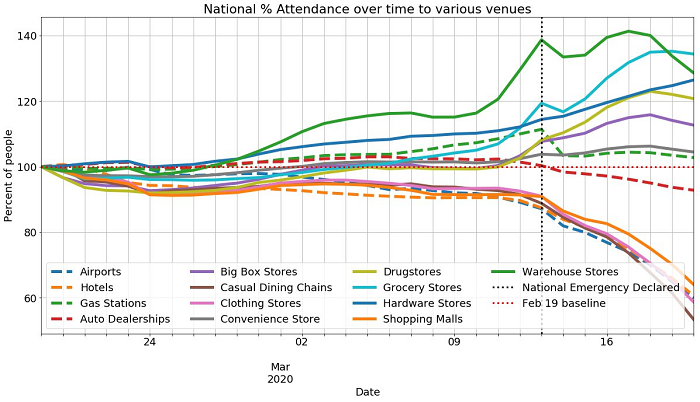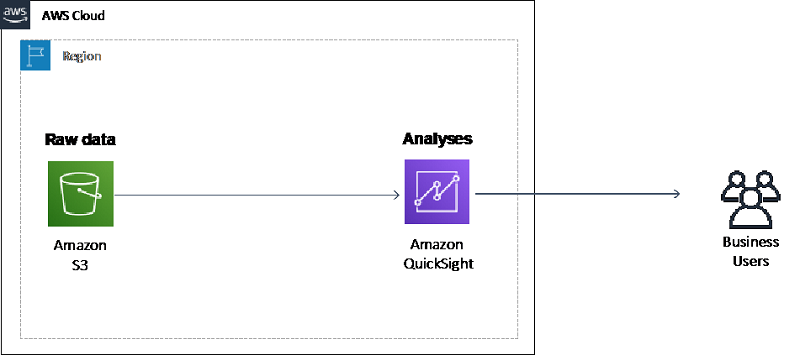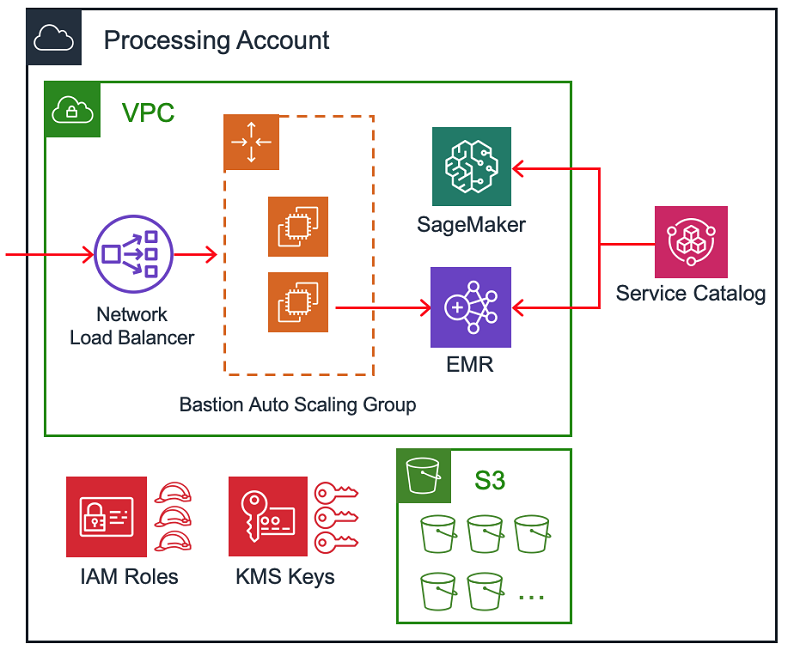AWS Big Data Blog
Category: Artificial Intelligence
Exploring the public AWS COVID-19 data lake
This post walks you through accessing the AWS COVID-19 data lake through the AWS Glue Data Catalog via Amazon SageMaker or Jupyter and using the open-source AWS Data Wrangler library. AWS Data Wrangler is an open-source Python package that extends the power of Pandas library to AWS and connects DataFrames and AWS data-related services (such as Amazon Redshift, Amazon S3, AWS Glue, Amazon Athena, and Amazon EMR). For more information about what you can build by using this data lake, see the associated public Jupyter notebook on GitHub.
Query, visualize, and forecast TruFactor web session intelligence with AWS Data Exchange
This post showcases TruFactor Intelligence-as-a-Service data on AWS Data Exchange. TruFactor’s anonymization platform and proprietary AI ingests, filters, and transforms more than 85 billion high-quality raw signals daily from wireless carriers, OEMs, and mobile apps into a unified phygital consumer graph across physical and digital dimensions. TruFactor intelligence is application-ready for use within any AWS analytics or ML service to power your models and applications running on AWS, with no additional processing required.
Build machine learning-powered business intelligence analyses using Amazon QuickSight
Imagine you can see the future—to know how many customers will order your product months ahead of time so you can make adequate provisions, or to know how many of your employees will leave your organization several months in advance so you can take preemptive actions to encourage staff retention. For an organization that sees […]
Provisioning the Intuit Data Lake with Amazon EMR, Amazon SageMaker, and AWS Service Catalog
This post outlines the approach taken by Intuit, though it is important to remember that there are many ways to build a data lake (for example, AWS Lake Formation). We’ll cover the technologies and processes involved in creating the Intuit Data Lake at a high level, including the overall structure and the automation used in provisioning accounts and resources. Watch this space in the future for more detailed blog posts on specific aspects of the system, from the other teams and engineers who worked together to build the Intuit Data Lake.
Analyze data in Amazon DynamoDB using Amazon SageMaker for real-time prediction
I’ll describe how to read the DynamoDB backup file format in Data Pipeline, how to convert the objects in S3 to a CSV format that Amazon ML can read, and I’ll show you how to schedule regular exports and transformations using Data Pipeline.
Decreasing Game Churn: How Upopa used ironSource Atom and Amazon ML to Engage Users
This is a guest post by Tom Talpir, Software Developer at ironSource. ironSource is as an Advanced AWS Partner Network (APN) Technology Partner and an AWS Big Data Competency Partner. Ever wondered what it takes to keep a user from leaving your game or application after all the hard work you put in? Wouldn’t it be great […]
Powering Amazon Redshift Analytics with Apache Spark and Amazon Machine Learning
Air travel can be stressful due to the many factors that are simply out of airline passengers’ control. As passengers, we want to minimize this stress as much as we can. We can do this by using past data to make predictions about how likely a flight will be delayed based on the time of […]
Readmission Prediction Through Patient Risk Stratification Using Amazon Machine Learning
In this post, I show how to apply advanced analytics concepts like pattern analysis and machine learning to do risk stratification for patient cohorts.
Large-Scale Machine Learning with Spark on Amazon EMR
This is a guest post by Jeff Smith, Data Engineer at Intent Media. Intent Media, in their own words: “Intent Media operates a platform for advertising on commerce sites. We help online travel companies optimize revenue on their websites and apps through sophisticated data science capabilities. On the data team at Intent Media, we are […]
Building a Binary Classification Model with Amazon Machine Learning and Amazon Redshift
Guy Ernest is a Solutions Architect with AWS This post builds on Guy’s earlier posts Building a Numeric Regression Model with Amazon Machine Learning and Building a Multi-Class ML Model with Amazon Machine Learning. Many decisions in life are binary, answered either Yes or No. Many business problems also have binary answers. For example: “Is […]









